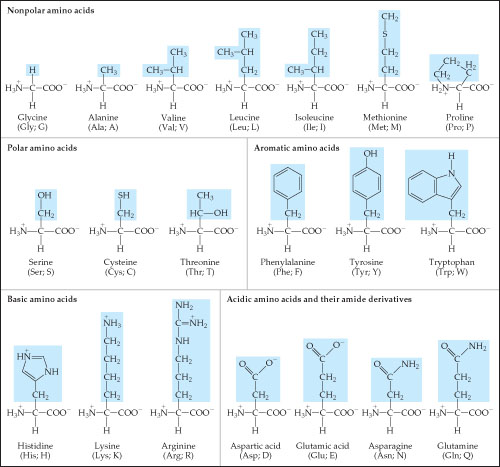

These results indicate that protein B and the reductase of the sMMO complex interact via positively charged groups on the surface of the hydroxylase to induce a conformational change that is necessary for delivery of electrons into the active site of the hydroxylase. It was shown that covalent modification of positively charged groups on the hydroxylase, which occurred at multiple sites, interfered with its physical and functional interactions with protein B and with the passage of electrons from the reductase. Covalent modification of arginine side-chains on the hydroxylase had a similar effect, but, most remarkably, neither form of modification affected the activity of the hydroxylase via the peroxide shunt reaction.

The cross-linker inhibited hydroxylase activity in the whole complex, but this effect was due to covalent modification of primary amine groups rather than cross-linking. We investigated the effect of amine cross-linking on hydroxylase activity to probe the role of a gross conformational change that occurs in the hydroxylase upon binding of the other protein components. Also, in the presence of hydrogen peroxide, the hydroxylase alone catalyzes substrate oxygenation via the peroxide shunt reaction. Whole-complex sMMO oxygenase activity requires all three sMMO components: the hydroxylase, the reductase, and protein B. These results not only suggest that coronatine and JA-Ile target the physical interaction between COI1 and the Jas domain of JAZ repressors, but also illustrate the critical role of positively charged amino acids in the Jas domain in mediating the JA-Ile/coronatine-dependent JAZ interaction with COI1.The soluble methane monooxygenase (sMMO) complex from Methylococcus capsulatus (Bath) catalyses oxygen- and NAD(P)H-dependent oxygenation of methane, propene, and other substrates. Importantly, transgenic Arabidopsis plants expressing JAZ1 carrying these two mutations exhibited JA-insensitive phenotypes, including male sterility and enhanced resistance to P. Mutations of these two residues did not affect the ability of JAZ1 and JAZ9 to interact with the transcription factor AtMYC2. Two positively charged amino acid residues in the Jas domain were identified as essential for coronatine-dependent COI1-JAZ interactions. The C-terminal Jas motif, but not the N-terminal (NT) domain or central ZIM domain of JAZ proteins, is critical for JA-Ile/coronatine-dependent interaction with COI1. Here we show that coronatine, but not its two biosynthetic precursors, also promotes interaction between Arabidopsis COI1 and multiple JAZ proteins. We have recently shown that jasmonoyl isoleucine (JA-Ile) promotes physical interaction between Arabidopsis JAZ1 and COI1 (the F-box component of SCF(COI1)) proteins, and that the JA-Ile-dependent COI1-JAZ1 interaction could be reconstituted in yeast cells (i.e. An important step in JA signaling is the SCF(COI1) E3 ubiquitin ligase-dependent degradation of JAZ repressor proteins. The structure of coronatine is similar to that of a class of plant hormones called jasmonates (JAs). Coronatine is an important virulence factor produced by several pathovars of the bacterial pathogen Pseudomonas syringae.


 0 kommentar(er)
0 kommentar(er)
